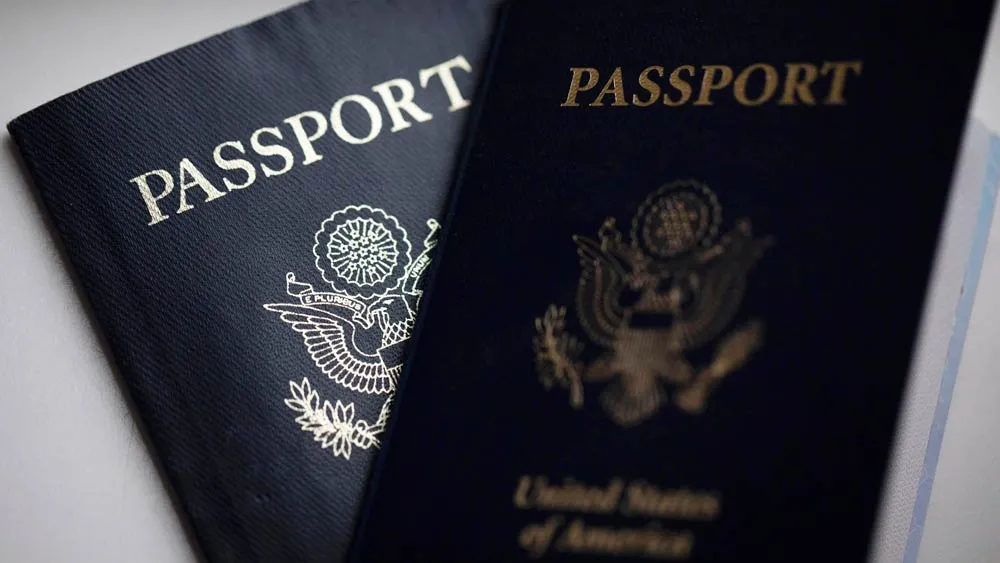September 27, 2021
Copenhagen's Hippy, Psychedelic Oasis Christiana Turns 50
Jan M. Olsen READ TIME: 3 MIN.
After a half-century, the "flower-power" aura of Copenhagen's semi-autonomous Christiania neighborhood hasn't yet wilted. Love-ins with the authorities have hardly been a trademark of the neighborhood.
But Christiania's residents are determined to preserve its reputation as a "free-wheeling society" with hash dealers, political idealists and aging hippies.
"It has become more and more an established part of Copenhagen," said Ole Lykke, a resident of 42 years at the enclave near downtown Copenhagen. "The philosophy of community and common property still exists. Out here we do things in common."
After more than four decades of locking horns with authorities, Christiania's future was secured in 2012 when the state sold the 84-acre (24-hectare) enclave for 85.4 million kroner ($13.5 million) to a foundation owned by its inhabitants.
The residents – nearly 700 adults and about 150 children – now rent their homes from the foundation and are financially responsible for all repair and maintenance work to the roughly 240 buildings. The new arrangement scrapped a more complex system for use of the land and to pay for rent and utilities.
It all started as a stunt 50 years ago, when a small counterculture newspaper that needed an outrageous story for its front page staged an "invasion" of an abandoned 18-century naval base. Six friends with air rifles and a picnic basket entered the former military facility base, proclaimed it a "free state" on Sept. 26, 1971, took some photos and went home. The paper ran the story, urging young people to take the city bus and squat the barracks.
Hippies flocked to what they dubbed Christiania – no one remembers why they picked that name – that evolved into a counterculture, freewheeling oasis with psychedelic-colored buildings, free marijuana, limited government influence, no cars and no police. In 1973, it was recognized as a "social experiment." Later, residents were given the right to use the land, but not to own it.
The enclave's inhabitants banned hard drugs in 1980. Hashish sales – part of the enclave's philosophy and a very lucrative trade worth millions – was tolerated there by authorities until 2004. That's when police started to crack down on the hashish trade – bought and sold openly from colorful booths that stand on the aptly named Pusher Street. The booths were taken down several times to preempt police action, fearing they could lead to evictions.
The hashish trade in Christiania is still thriving despite the crackdown, even though Denmark has banned the drug. Drug-related tensions in the enclave escalated in 2016 when a drug deader shot two police officers and a bystander. The 25-year-old dealer was arrested, but died of wounds he suffered in the shootout.
The violence hasn't detracted Christiania from staking its claim as "a Copenhagen neighborhood like any other" but with its own administration, a building that acts like a town hall, a post office and its own flag – three yellow dots on a red background.
The 50th anniversary celebrations are being held over four days and include parades, speeches – the Copenhagen mayor has been invited to address the crowds – exhibitions, workshops, shows and concerts.
Over the years, Christiania has become one of Copenhagen's biggest tourist attractions with residents offering guided tours in several languages. Several travel books and even official tourism material highlight the enclave.
Christiania's cafes, eateries, shops and concert halls and even its Christmas market have been a magnet over the years for many including celebrities like Bob Dylan, Metallica, Red Hot Chili Peppers and The Smashing Pumpkins. Needless to say, the hashish there is pretty popular too.






